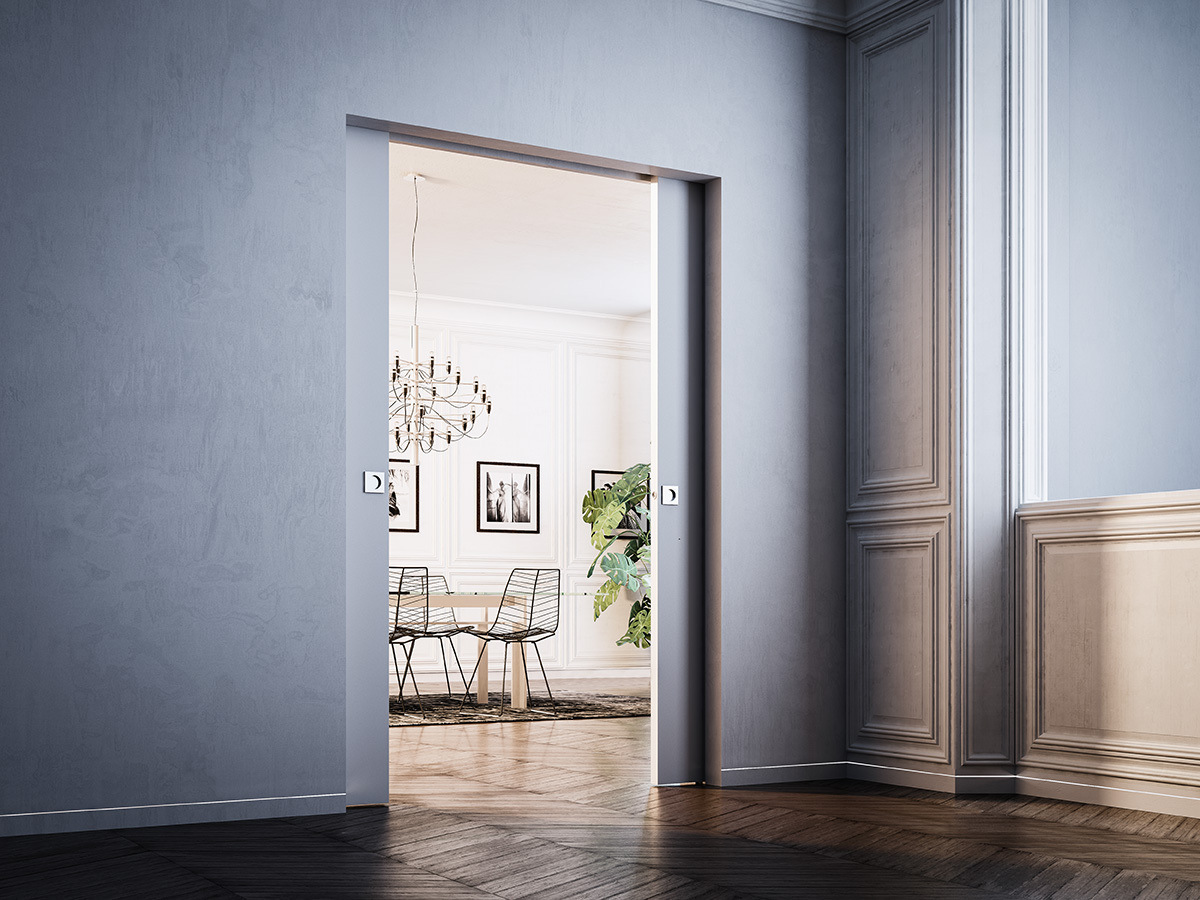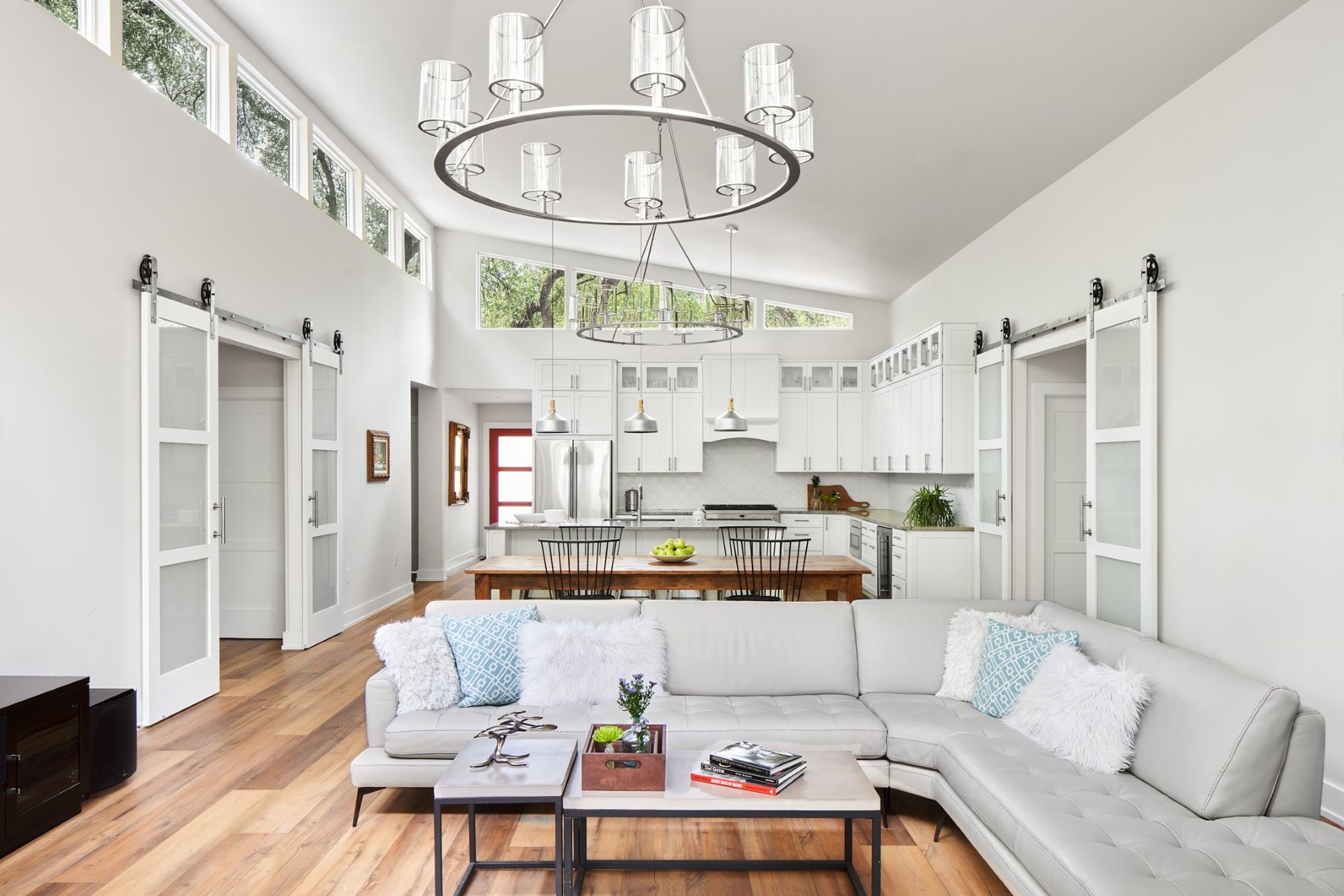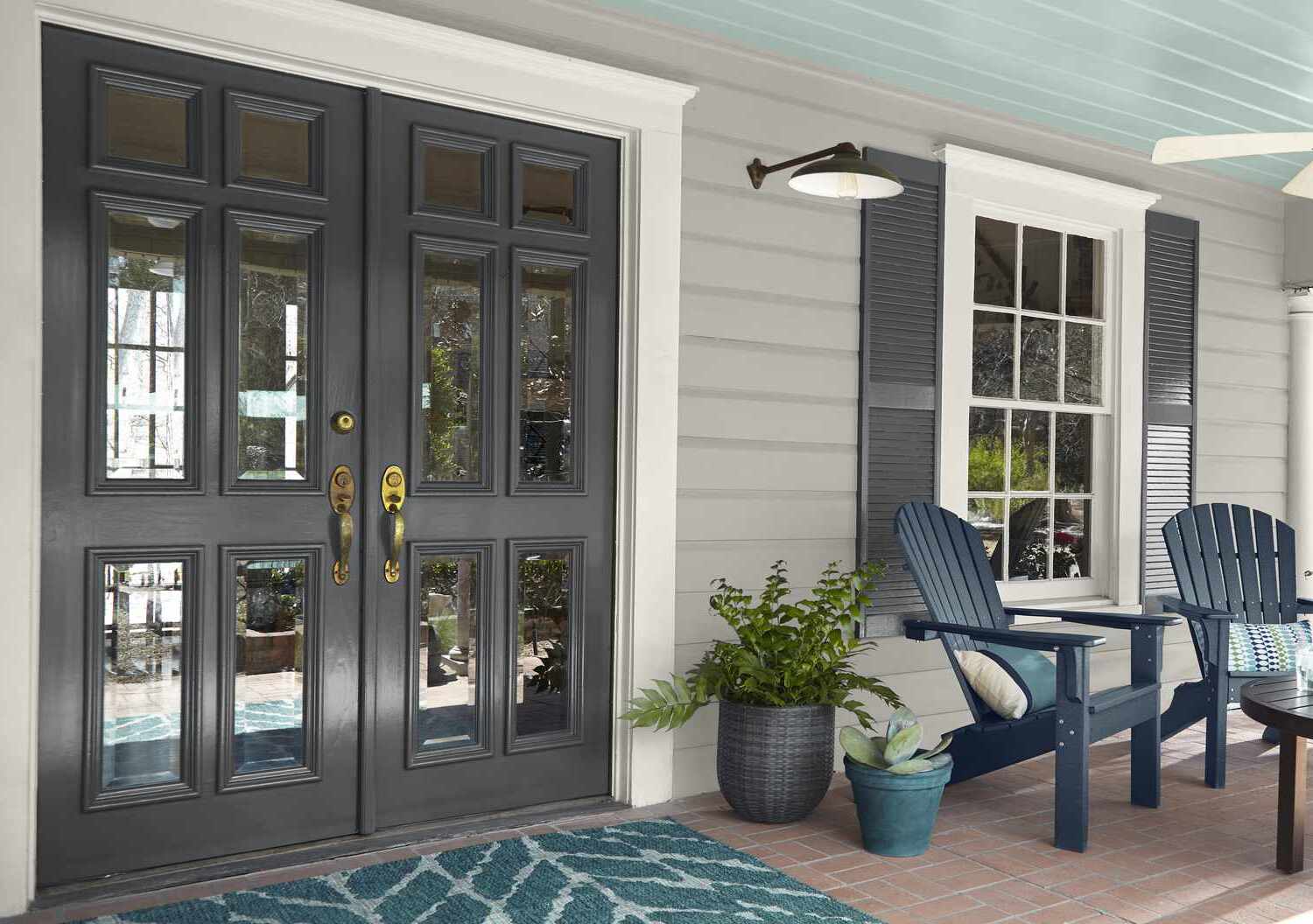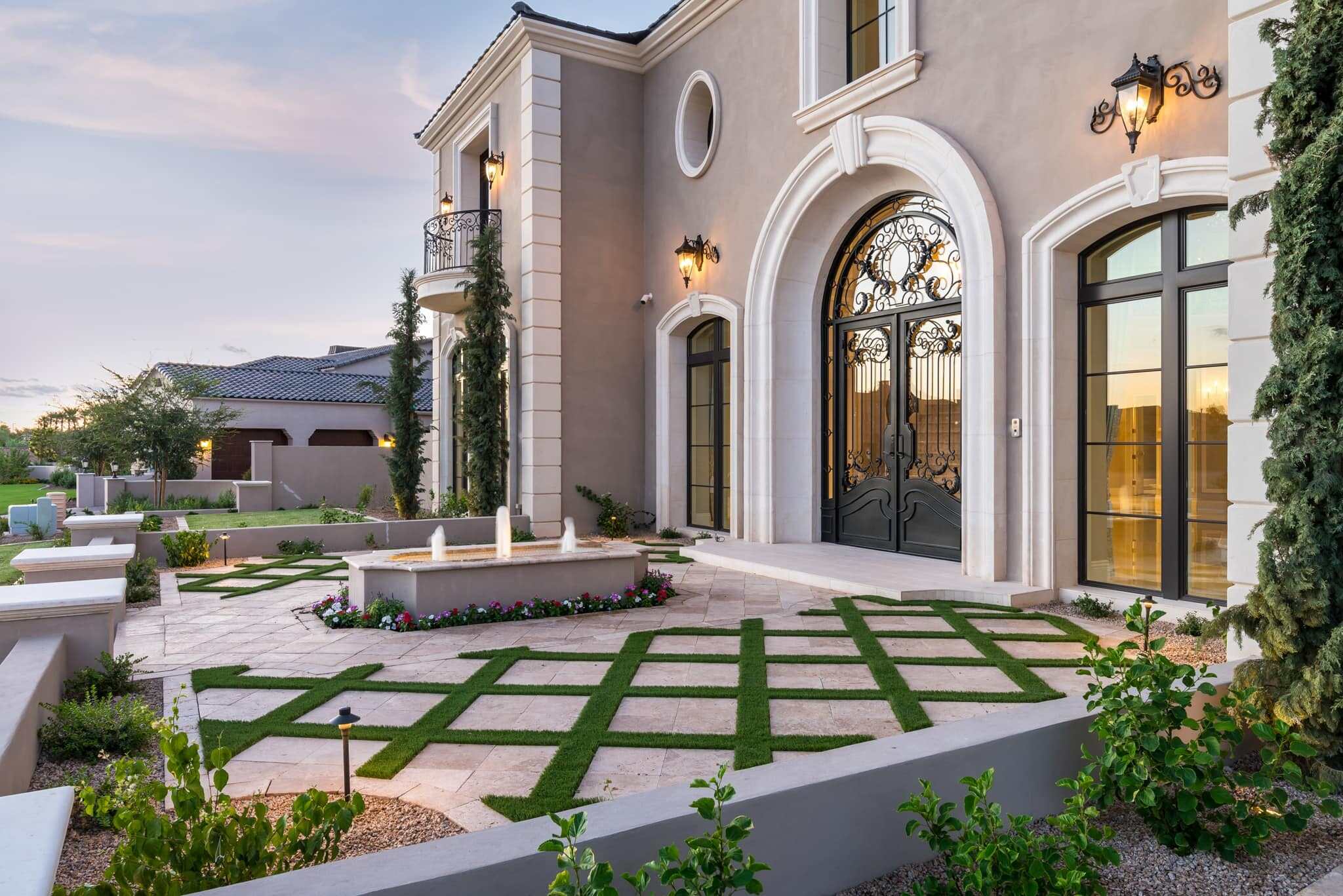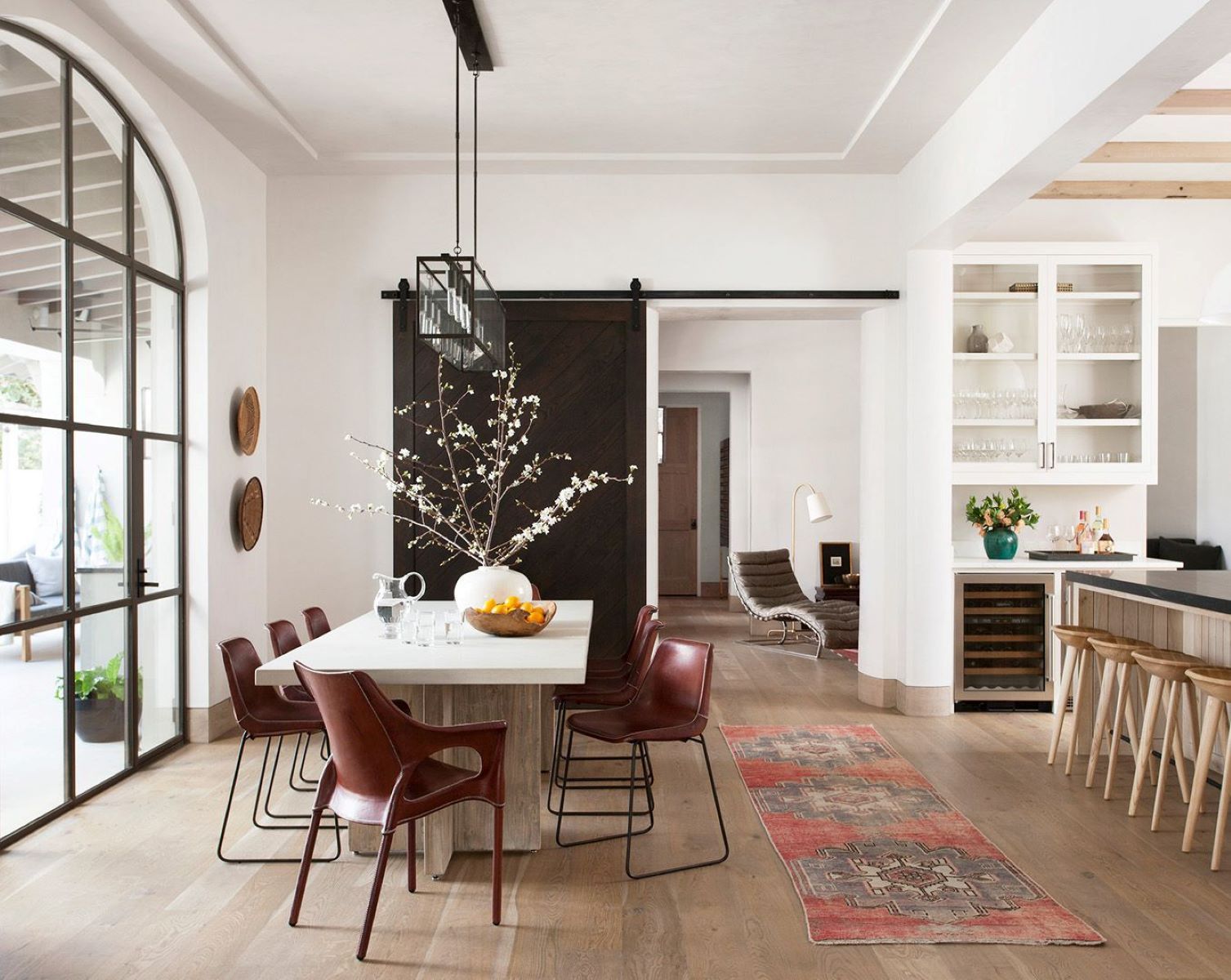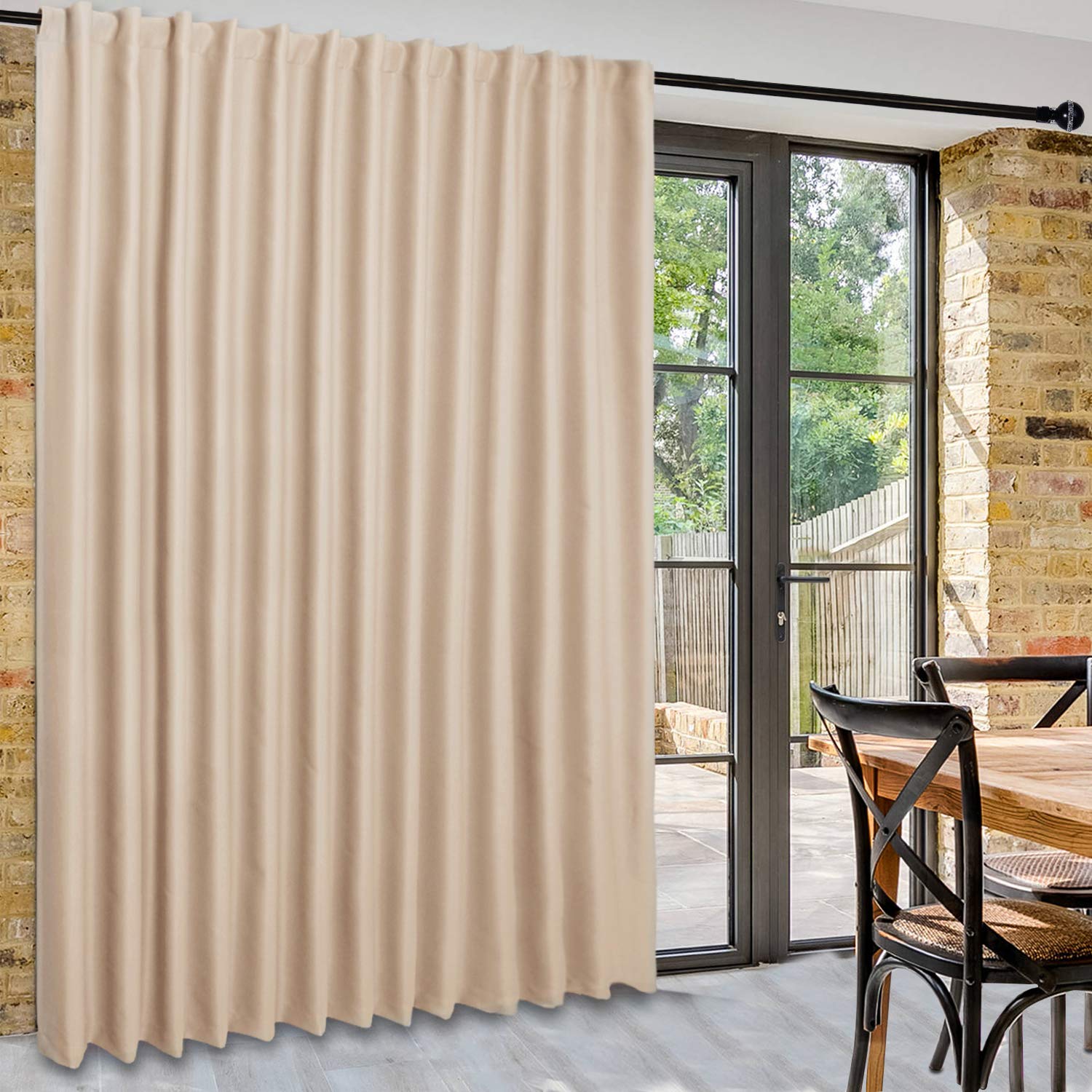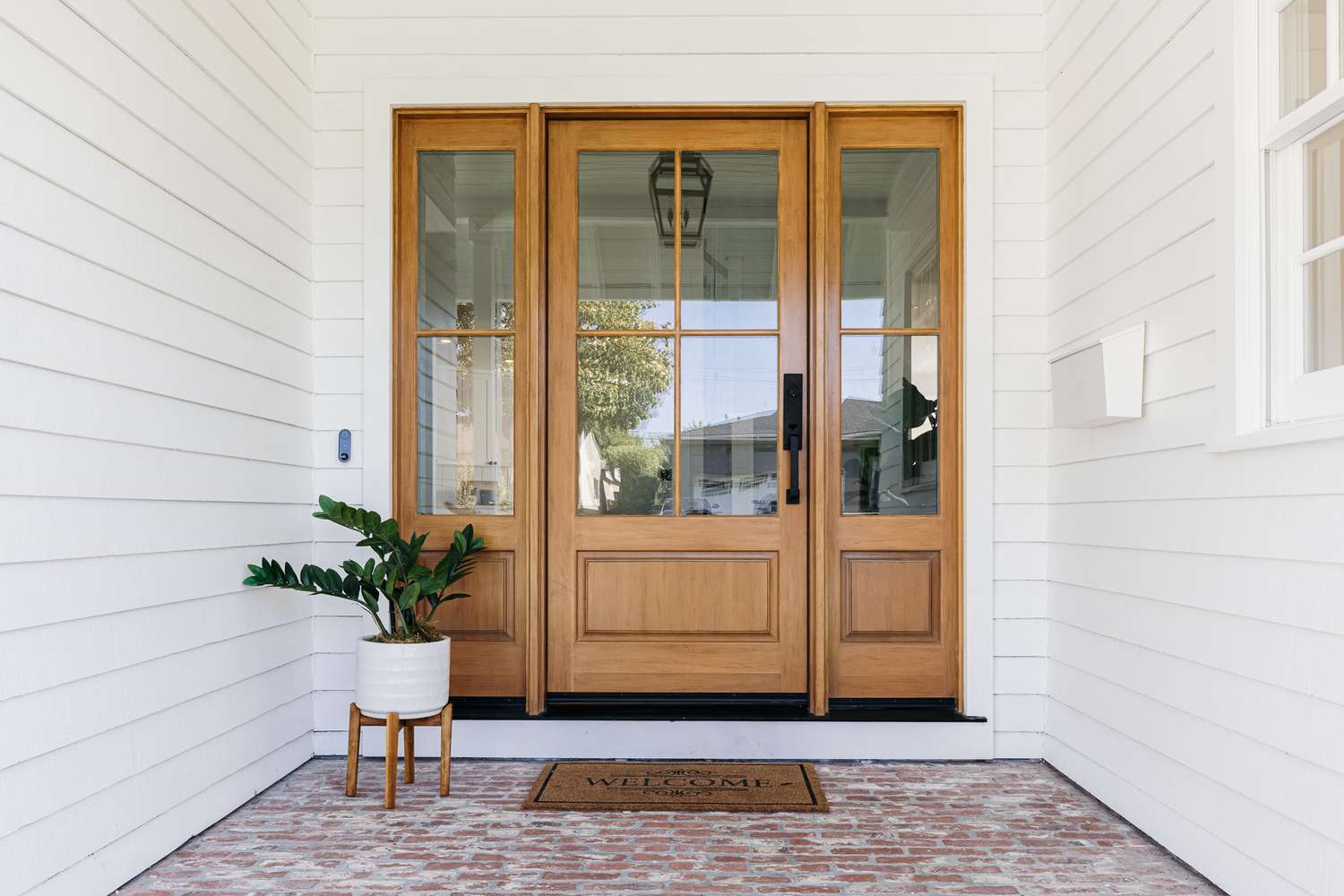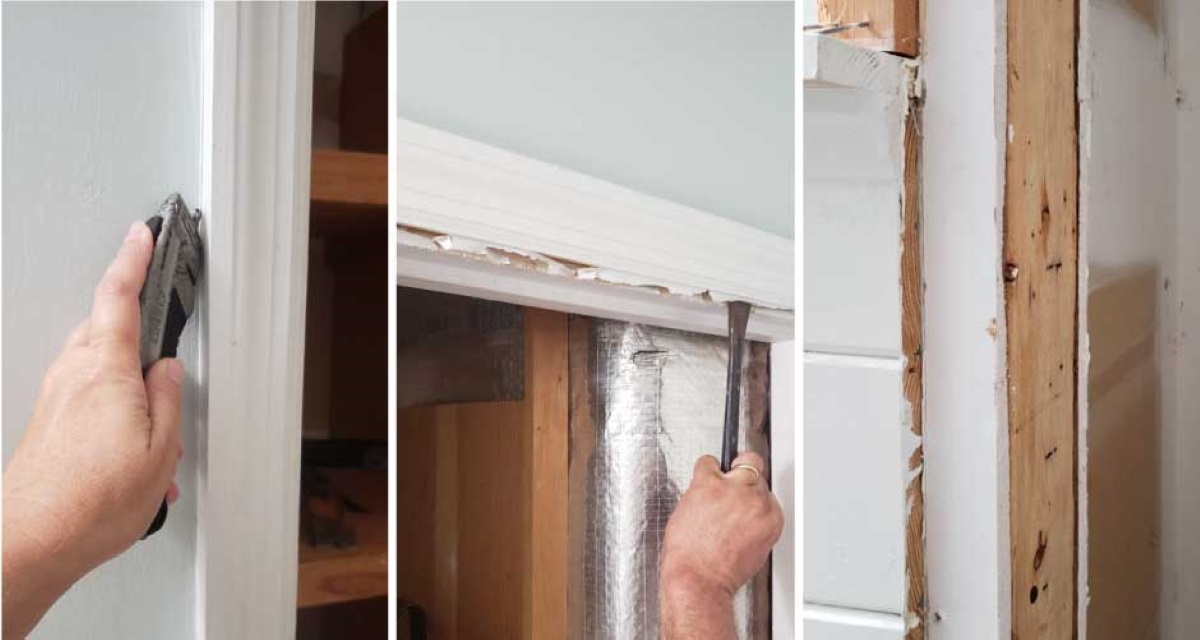Home> Doors
Doors: The Ultimate Guide to Styles, Materials, and Selection
Discover everything about doors: from materials to design styles. Uncover the secret to choosing the right door for your home or office space.
How To Choose The Right Interior Door Styles For Your Home
By: Benjamin Parker • Ideas and Tips
Upgrading Your Home’s Exterior With DIY Front Door Makeover
By: Sophia Turner • Ideas and Tips
8 Unbelievable Drapes For Sliding Glass Doors 100X84 for 2024
By: Henry Campbell • Articles
